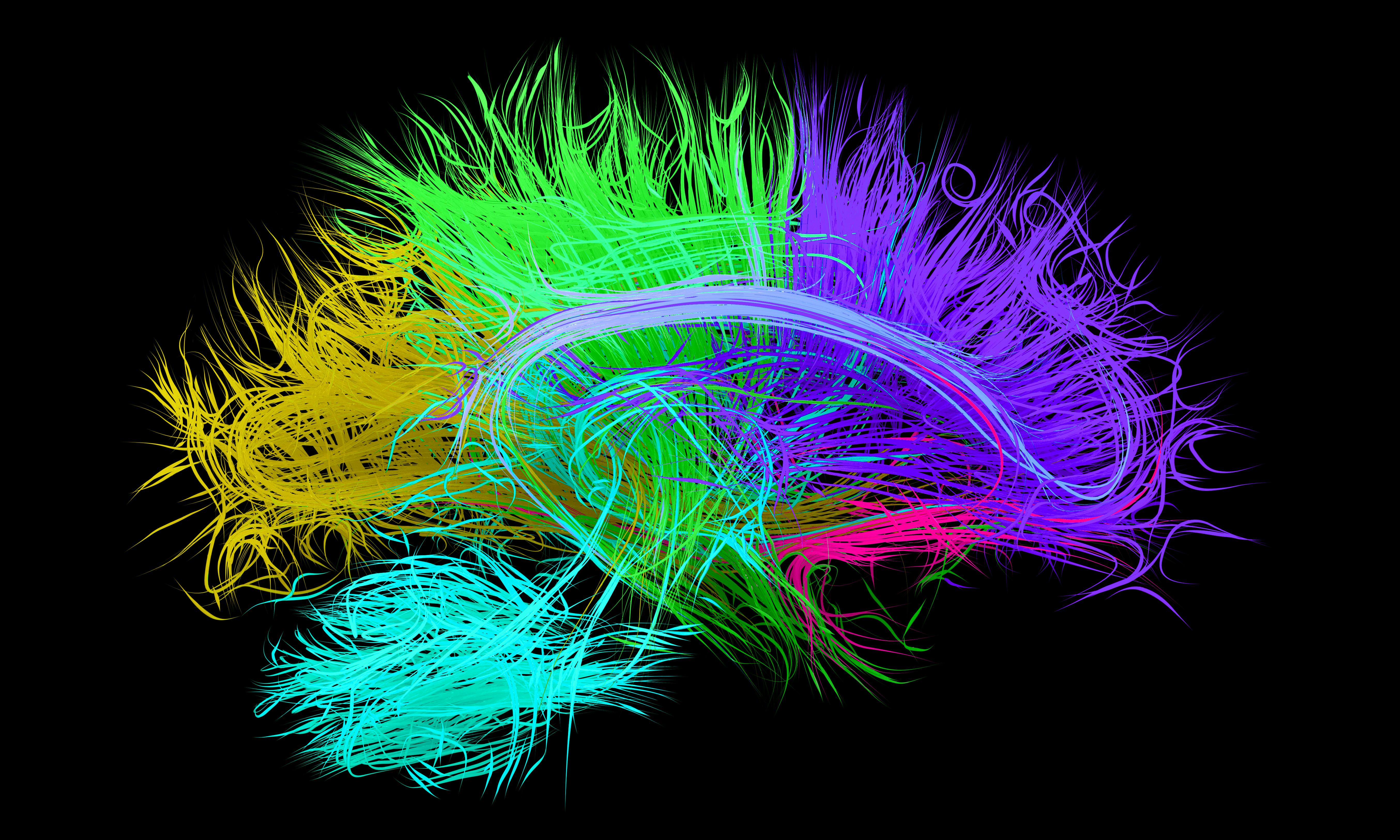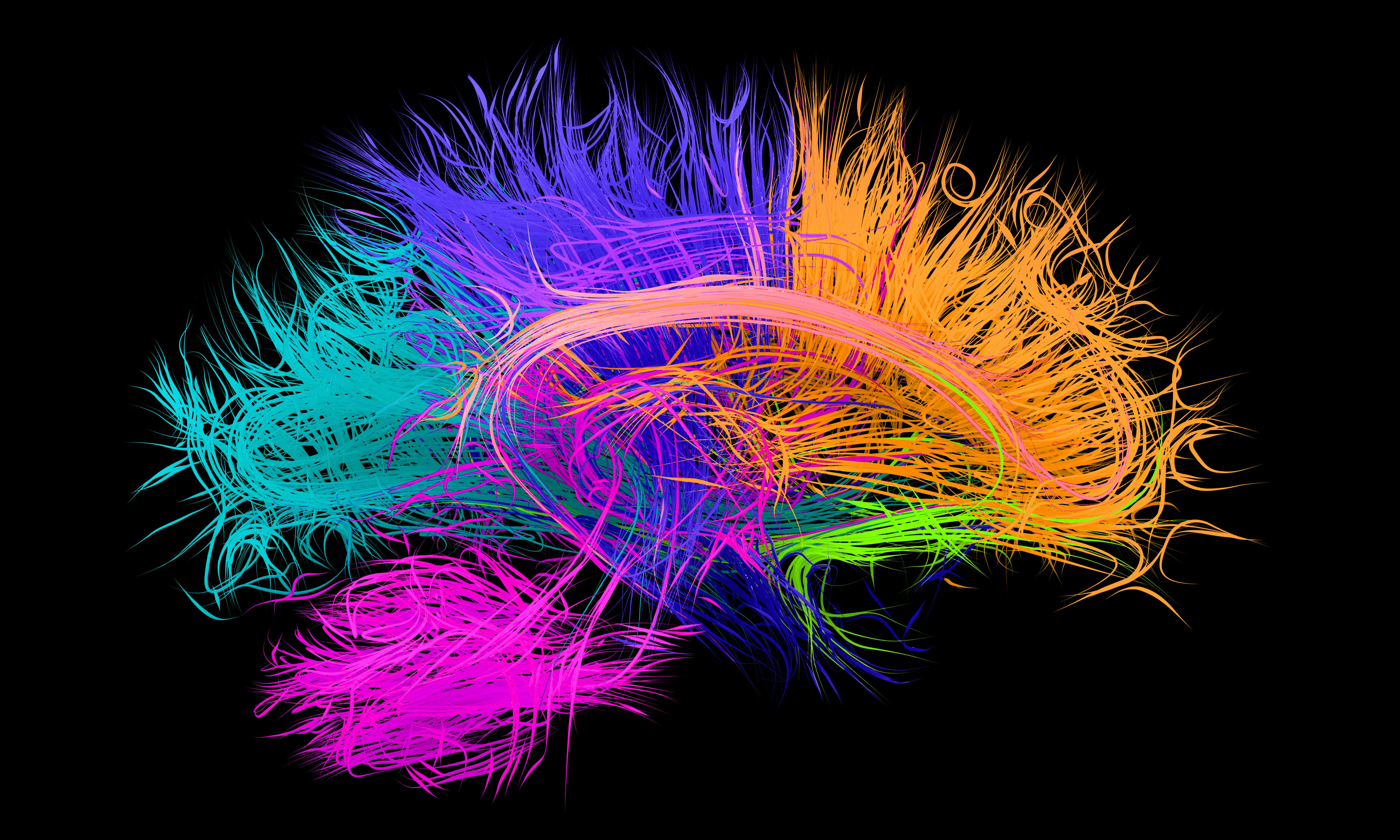
Mindfulness, that age-old practice of becoming more at home in our heads, isn’t always easy. But the science is clear. Mindfulness can change your life, curb anxiety and depression, and boost focus. As little as 12 minutes a day makes a measurable difference in well-being and quality of life.
Beyond these feel-good and performance effects, one question remains: How does mindfulness training influence the brain?
Some research suggests practicing mindfulness for as little as two months can change brain structure, increase gray matter volume, and may induce neuroplasticity — the ability of neurons and their networks to reorganize throughout life.
However, in the largest and most rigorously controlled study on the topic to date, researchers threw cold water on this structural hypothesis.
Using MRI technology to analyze the brains of over 200 healthy participants, scientists found zero evidence of structural brain changes with a short-term mindfulness training program lasting eight weeks. The team published their results in the journal Science Advances.
While mindfulness may not rapidly reorient the scaffolding of our brains, the team did find changes to neural function and connectivity.
I’m Ali Pattillo, and this is STRATEGY, a series packed with actionable tips to help you make the most out of your life, career, and finances.
Amishi Jha, a cognitive neuroscientist at the University of Miami who was not involved in the study, tells Inverse that the benefits of mindfulness training show up in many ways, similar to how exercise sparks a cascade of positive benefits.
“Structural brain changes are not the be-all-end-all to demonstrate that mindfulness training is useful or that it ‘does something,’” Jha says.
Perhaps more time is needed, or more targeted training is needed for structural brain changes to emerge, Jha explains.
“Beyond this, it is important to understand that there are many routes by which neuroplastic changes with training can come to light — such as changes in event-related activity profiles and functional connectivity.”
For more on the science of mindfulness and ways to kickstart a meditation practice, read on.
How does mindfulness change the brain?

In the past few decades, researchers brought mindfulness into conventional science, aiming to back up the ancient practice common in Eastern spiritual traditions.
In multiple small trials, researchers discovered that mindfulness, and, more specifically, meditation, appears to alter people’s brains. One 2014 review highlighted eight brain regions consistently altered in meditators, including those involved in external and internal body awareness, memory, and emotion regulation.
The results were stunning: meditation and mindfulness seem to rewire and restructure the brain fast. However, the review’s authors emphasized that the data underpinning these conclusions has methodological problems, from small sample sizes to possible participant bias.
In turn, people should be wary about drawing definitive conclusions from the emerging evidence.
To test these early insights, a team from the Center for Healthy Minds at the University of Wisconsin recently rounded up 218 healthy participants with no meditation experience or mental health concerns.
In two trials, participants were given MRI exams to measure their brains before being randomly assigned to one of three study groups:
- An eight-week Mindfulness Based Stress Reduction (MSBR) course: This program is one of the most popular and rigorously researched mindfulness interventions. Studies show that MSBR can improve anxiety, depression, chronic pain, and substance abuse. MSBR can enhance people’s quality of life and tamp down stress levels. In this study, MSBR incorporated yoga, meditation, and body awareness activities.
- A non-mindfulness-based well-being intervention called the Health Enhancement Program: included exercise, music therapy, and nutrition practices without the mindfulness elements of MSBR.
- A control group: This group didn’t receive any type of training or change their normal life and work routines during the trial period.
Eight weeks later, all participants were given a final MRI exam to measure changes in brain structure. This study constitutes the biggest and most rigorously designed randomized controlled trial to date.
The mindful brain

While the study’s authors anticipated brain changes based on previous studies, no significant differences in brain structure or neuroplasticity were detected between the MBSR, HEP, or control groups.
What changed was how mindful people felt before, during, and after completing training sessions. Participants in both the MBSR and HEP groups reported higher levels of mindfulness compared with the control group. This spiked mindfulness suggests interventions that focus on healthy habits may also induce mindful thinking, on top of training explicitly focused on mindfulness or meditation.
Beyond structural changes, participants did experience changes in neural function and connectivity, as well as psychological and cognitive outcomes. The more people practiced MBSR or meditated outside of the formal training sessions, the greater these positive side effects were.
In the study, MBSR reduced reactivity in the brain’s emotional center, the amygdala. It also increased connectivity between the amygdala and the ventromedial prefrontal cortex. Some participants also saw increased posterior cingulate cortex resting functional connectivity with the dorsolateral prefrontal cortex.
Jha likens these complex results to exercise.
“We already have the public understanding that — while beneficial — a physical workout routine that is comprehensive, like cross-training, is unlikely to result in specific structural changes in the body,” Jha says. “This study helps to elevate public understanding that the brain is no different.”
A “mental workout routine” like MBSR includes many different types of practices. This comprehensive program has many benefits but may not result in specific structural changes in a subset of brain regions over eight weeks. It’s also possible that interventions as short as eight weeks simply aren't long enough to do the trick, structurally speaking.
Future studies will illuminate what duration of mindfulness or meditation tweaks brain structure if any. For now, it’s still worthwhile to explore the well-documented mental health benefits behind mindfulness.
5 steps to kickstart a mindfulness practice:
5. Start small: The path to feeling more zen doesn’t require paid meditation apps or expensive in-person workshops. Carving out a few minutes each day to sit still, focus on bodily sensations, and let your thoughts flow freely can help build a sustainable mindfulness practice.
4. Focus on acceptance: Instead of avoiding or pushing away unpleasant thoughts and feelings, allow them to wash over and through you. Try to shrug off any judgment directed toward your internal states.
3. Commit: Take a few minutes daily to meditate and stick with it. Over time, this habit will become second nature. Like working out, it takes time to build a meditation muscle, Inverse writer Jennifer Walter writes.
2. Consult a mentor or guide: Often, developing a mindfulness practice can feel confusing or slow. An expert or guide can outline specific strategies to accelerate the process.
1. Test it out: Bring mindfulness techniques into your day-to-day, especially in stressful moments. Doing so can help you better ride the waves of life and feel more grounded.







